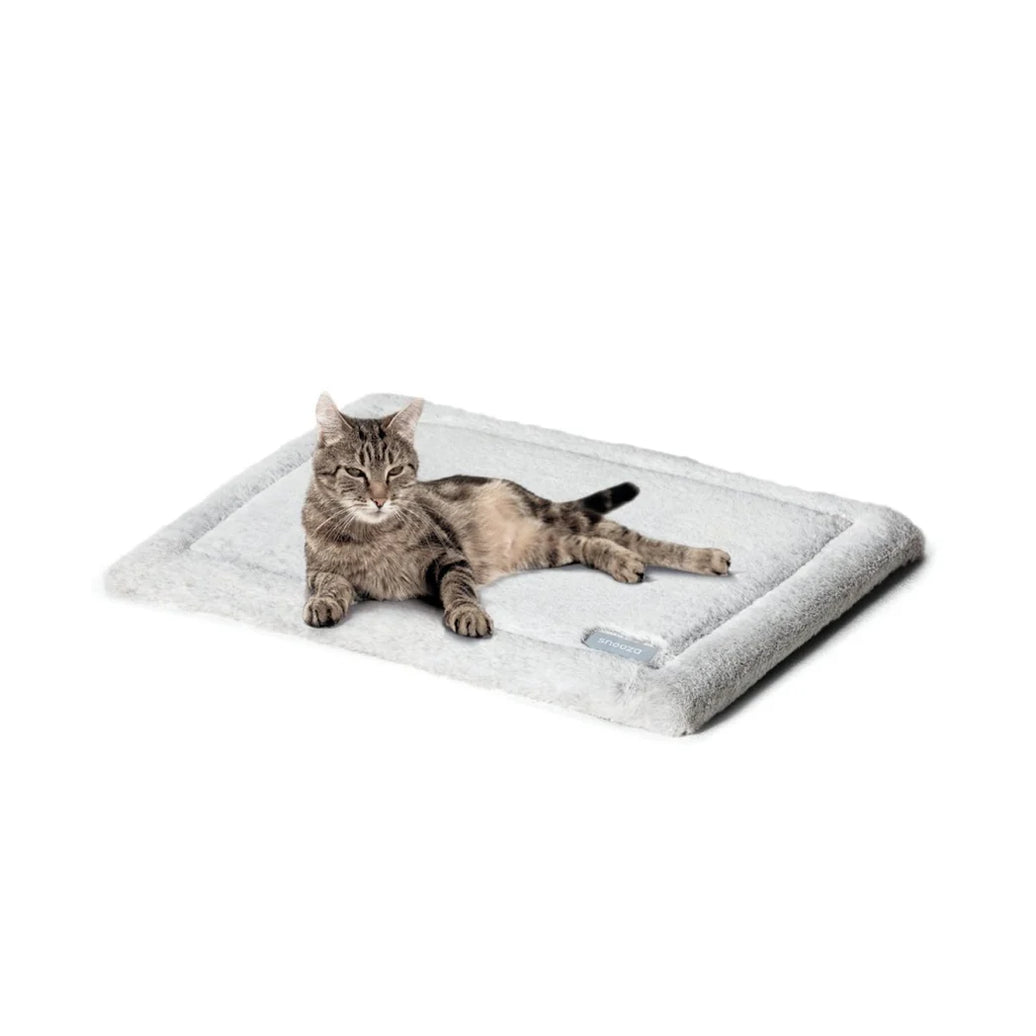In terms of providing optimal care for our pets, an often neglected factor is their sleeping environment. Just like humans, canines and felines spend a large amount of their time resting, and a comfortable bed can significantly impact in their overall health and wellbeing. With aging pets or those dealing with specific ailments, the need for an orthopedic dog bed becomes more imperative. Orthopedic beds deliver the support and comfort needed to relieve joint pain and foster better sleep quality, ensuring our furry friends rise rejuvenated and eager to play.
Selecting the ideal pet bed goes beyond simply identifying a snug area for them to rest. Elements such as material type, size, and design are crucial in addressing your pet's individual needs. Including discerning the variances between orthopedic and memory foam products to recognizing the signs that your pet might benefit from a more supportive bed, this article will guide you in choosing correctly. Snooza Pet Futon will explore different kinds of pet beds, helping you discover the ideal match for your cherished companions, whether they are playful puppies or sensible senior dogs.
Choosing the Right Bed: Key Factors
When considering choosing the right pet bed for your furry friend, the first thing to consider is to determine your pet's unique requirements and sleep patterns. Assess the way your pet usually rests. For example, dogs that cuddle may prefer a donut or bolster-style bed, while pets that sprawl might benefit from a level surface mattress. Realizing your pet's sleep style can significantly impact their satisfaction and overall satisfaction with their sleep setup.
Another important factor, is the importance of your pet's age and overall health. Elderly animals or those with joint pain often benefit from more support, making supportive bedding an excellent choice. Watch for signs that your pet might require a bed with more support, such as struggles to stand or seeming restless during sleep. If your pet has arthritis or similar conditions, the suitable bedding can deliver necessary support, making their sleeping time more comfortable.
Finally, take into account the material and construction of the bed. Long-lasting and allergy-friendly fabrics can boost your animal's sleep quality, particularly for those prone to allergies or animals that have a habit of chewing. Cleanable or waterproof designs are also advantageous for dealing with messes or spills. Thoroughly examining the attributes of different beds will aid in choosing one that fulfills your pet's needs while ensuring their comfort.
Types of Pet Beds: Comfort and Assistance
As you choosing the appropriate bed for your pet, comprehending the various types on the market can help you make an informed decision. Orthopedic dog beds are crafted to provide support and alleviate strain on joints, making them perfect for senior dogs or those experiencing arthritis. These beds often include high-density foam that conforms to your pet's body shape, ensuring a comfortable sleeping position. Alternatively, memory foam beds provide support but tend to be softer and plusher, making them a great choice for pets that enjoy sinking into their bed after a long day.
An additional important consideration is the design of the pet bed. Donut and bolster beds provide a sense of safety for pets that like to curl up while sleeping, offering raised edges they can lay their heads on. These styles can be particularly beneficial for anxious animals. Alternatively, flat or low-profile beds can work well for pets that like spreading out while they sleep. It is crucial to watch your pet's sleeping habits to determine which style would satisfy their comfort and support needs.
Furthermore, materials play a significant role in determining the comfort of a pet bed. Look for beds made with hypoallergenic fabrics that are gentle on your pet’s skin. Waterproof options can be advantageous for puppies or older pets with incontinence, offering easy cleanup and durability. For those living in hotter climates, cooling pet beds are made to control temperature and keep your furry friend comfortable. By considering the different types and materials on the market, you can discover the perfect balance of cozy comfort and assistance for your cherished companion.
Maintenance and Care for Pet Sleeping Areas
Ensuring your pet's bed hygienic and in good condition is crucial for their comfort and ease. Frequent cleaning helps stop the collection of odors, dirt, and particles. For easy-to-clean pet beds, it's advisable to comply with the manufacturer's care guidelines, which usually suggest washing the outer layer in warm water and putting through the dryer on a low setting. For those with zip-off covers, washing them regularly ensures a clean space for your pet.
In addition to washing, it's important to check the pet bed periodically for indications of deterioration and tear. Inspect for any open seams, torn fabric, or deteriorating filling that may reduce the comfort level. If your pet's bed contains padding or stuffing, evaluate whether it has maintained its shape and support. Immediate cleaning any stains or messes immediately can also prolong the life of the bed and maintain it staying fresh for an extended time.
Lastly, explore using protective add-ons to boost the life of your pet's bed. Waterproof covers can protect against spills, while chew-resistant features can be beneficial for pets likely to harmful behaviors. Periodically rotating the bed and confirming it's placed in a correct space can also prevent unnecessary wear. By taking these actions, you can ensure your pet has a pleasant and hygienic resting space.

